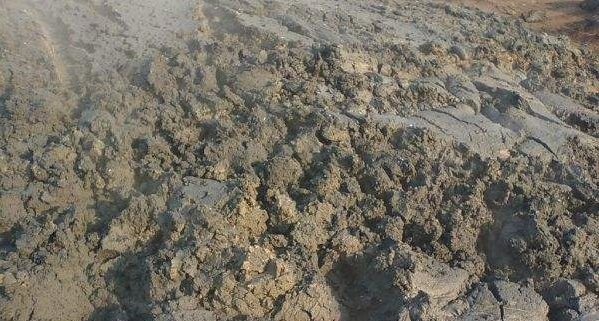At present, the main disposal methods commonly used for sludge are sanitary landfill, incineration treatment, direct land use, etc. These disposal methods have played a certain role in practical applications, but as environmental standards become more stringent, their problems Exposed.
1. Sanitary landfill
The sanitary landfill of sludge began in the 1960s and has developed into a relatively mature sludge disposal method. Its advantages are low investment, simple method, quick effect and large processing capacity; the disadvantage is that it requires high soil mechanical properties of landfill sludge, and requires a large area of space and a large amount of transportation costs, and at the same time, to prevent it from polluting groundwater. The foundation also needs to be treated with anti-seepage treatment.
However, there are many problems with sanitary landfills. The various toxic and harmful substances contained in the sludge will cause secondary pollution of groundwater and the atmosphere through the erosion and leakage of rainwater. In addition, due to the large output of municipal sewage sludge, there are fewer and fewer places that can be used for sludge landfill. The US Environmental Protection Agency predicts that 5,000 of the 6,500 landfills will be shut down in the next few decades.
2. Incineration treatment
The most important feature of sludge incineration treatment is that it can realize the harmlessness, reduction and resource utilization of sludge, and it is the most “complete” treatment. At present, developed countries such as the United States, Japan, France, Switzerland, and Germany mainly use incineration to treat sludge. In recent years, sludge incineration technology has gradually become the mainstream of sludge treatment, and it is increasingly favored by countries all over the world. However, sludge must be dehydrated before incineration. As far as the current technical level is concerned, the cost of mechanical dewatering is relatively high. Although natural dehydration is low in cost, it takes a long time, covers a large area, is affected by the climate, and pollutes the surrounding air during drying. In addition, the incineration treatment generally requires a heating value of 1000 kJ/kg or more. When incinerated, harmful gases such as sulfur dioxide and dioxins are generated, and heavy metals in the sludge also pollute the air with the diffusion of soot; the incineration cost is other treatment process 2 ~4 times.
3. Direct land use
The sludge contains a large amount of organic matter and nutrients required by plants, and is a very valuable resource for using sludge as a resource for land use. Direct use of sludge land has the advantages of low investment, low energy consumption, low operating cost, and organic components can be converted into soil improver components. It is mainly used in farmland, vegetable fields, orchards, grasslands, municipal greening, seedling substrates and severe disturbances. Land restoration and reconstruction. However, the composition and source of sludge are quite complicated. Including nutrients, it also inevitably contains harmful components such as a large number of pathogenic bacteria, parasites (eggs), and heavy metals such as copper, arsenic, lead, zinc, aluminum and mercury. And refractory organic compounds such as polychlorinated biphenyls and dioxins, and radionuclides, which are used without treatment, will cause soil or water pollution.



